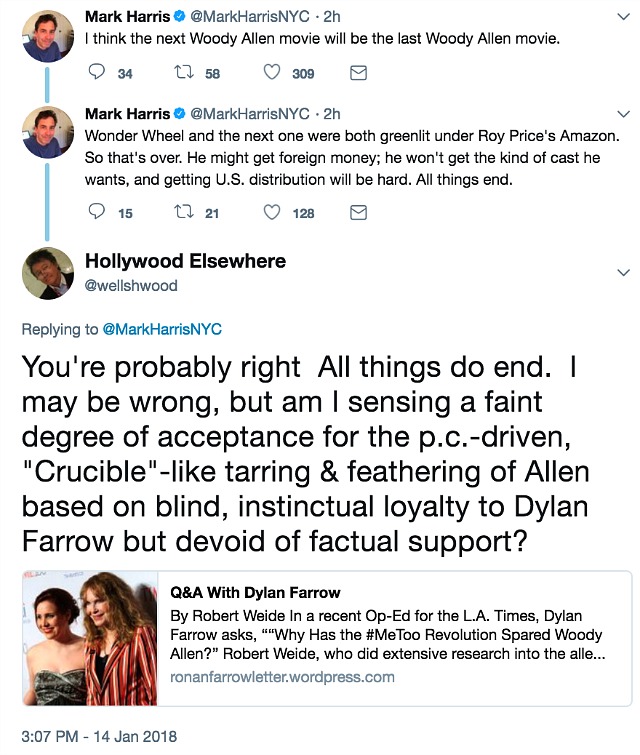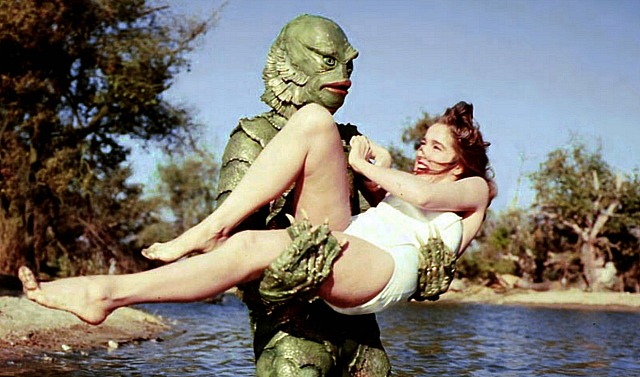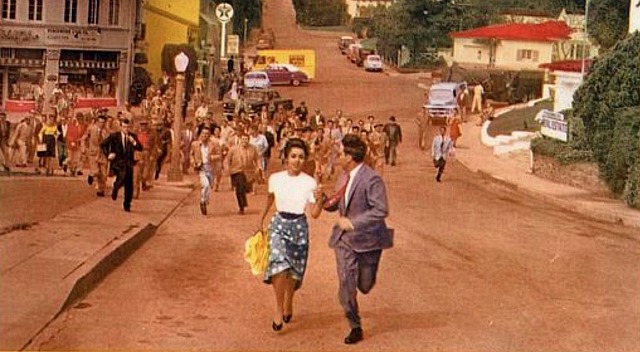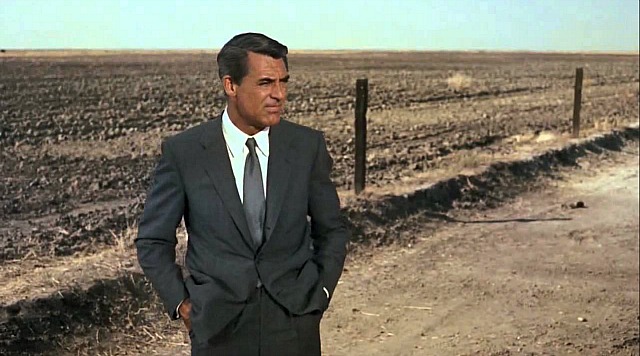In a 1.13.18 Globe and Mail piece, The Handmaid’s Tale author Margaret Atwood lamented to some extent the Robespierre-resembling tendencies of some of the #MeToo brigade. The article was titled “Am I a Bad Feminist?” Here’s an excerpt:
“There are, at present, three kinds of ‘witch’ language. (1) Calling someone a witch, as applied lavishly to Hillary Clinton during the recent election; (2) ‘Witchhunt,’ used to imply that someone is looking for something that doesn’t exist, and (3) The structure of the Salem witchcraft trials, in which you were guilty because accused. I was talking about the third use.
“This structure — guilty because accused — has applied in many more episodes in human history than Salem. It tends to kick in during the ‘Terror and Virtue’ phase of revolutions — something has gone wrong, and there must be a purge, as in the French Revolution, Stalin’s purges in the USSR, the Red Guard period in China, the reign of the Generals in Argentina and the early days of the Iranian Revolution.
“The list is long, and Left and Right have both indulged. Before ‘Terror and Virtue’ is over, a great many have fallen by the wayside. Note that I am not saying that there are no traitors or whatever the target group may be; simply that in such times, the usual rules of evidence are bypassed.
“Such things are always done in the name of ushering in a better world. Sometimes they do usher one in, for a time anyway. Sometimes they are used as an excuse for new forms of oppression. As for vigilante justice — condemnation without a trial – it begins as a response to a lack of justice — either the system is corrupt, as in prerevolutionary France, or there isn’t one, as in the Wild West — so people take things into their own hands.










